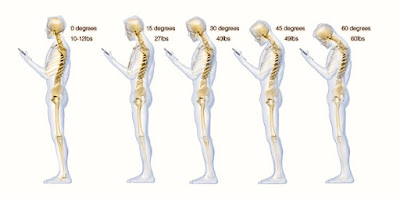Did you know that your bones are at their peak by the time you’re 30 years old? If you don’t build enough bone mass by then, you could develop osteoporosis, or fragile bones, as you age. Thankfully there are plenty of easy ways to keep your bones healthy at any age – and it’s all about what you eat and how you move.
Do your strength training
To form new bone, prevent bone loss, and reduce inflammation, focus on weight-bearing types of exercise. It’s about so much more than increasing your muscle mass! Resistance training and weightlifting will do your bones a world of good.
Eat your veggies
Your mama was right – all that vitamin C and antioxidants are great for your bones. It stimulates the right cells, protects them from damage, and increases bone density, which is a measurement of how much calcium and other minerals are in your bones.
Balance your protein and fatty acids
50% of bone is made of protein. Research shows that if you don’t eat enough protein, your bones’ ability to absorb calcium decreases, which affects bone mass. But if you consume too much protein, you might actually lose calcium from your bones because of increased acidity in your blood. Balance is key to protect bone health. Omega-3 fatty acids from both fish and plants are known for being anti-inflammatory and they also protect against bone loss as you age.
Absorb those minerals
Calcium is the main mineral found in your bones. Old bone cells constantly break down and get replaced by new ones, so daily calcium consumption is critical for bone strength. It's best to spread your calcium intake (from foods rather than supplements) throughout the day for more even absorption. A diet that includes calcium-rich foods can also decrease your risk of heart disease. Magnesium helps convert vitamin D so it promotes calcium absorption. Zinc is a mineral that helps those bone cells form and it also helps prevent bone from breaking down.
Take your vitamins
Vitamin D helps your body absorb calcium and prevent bone diseases. Most people don’t get enough vitamin D from sun exposure or food sources, so a supplement is important to maintain an optimum level. Vitamin K supports bone health by modifying the protein involved in bone formation, allowing it to bind to the minerals in bones and prevent calcium loss.
Maintain a healthy weight
Being underweight increases your risk of osteoporosis. Try to avoid overly low-calorie diets, which not only slow down your metabolism, but also create rebound hunger which causes a loss of muscle mass and can be harmful to bone health. Being overweight can also impair bone quality and increase the risk of fractures. Maintaining a stable, normal (or slightly higher) weight is best for your bones.
Don’t take your bones for granted; symptoms of bone disease often don't appear until bone loss is advanced. It's never too early to start improving your nutrition and lifestyle to keep your bones healthy and strong at any age.









